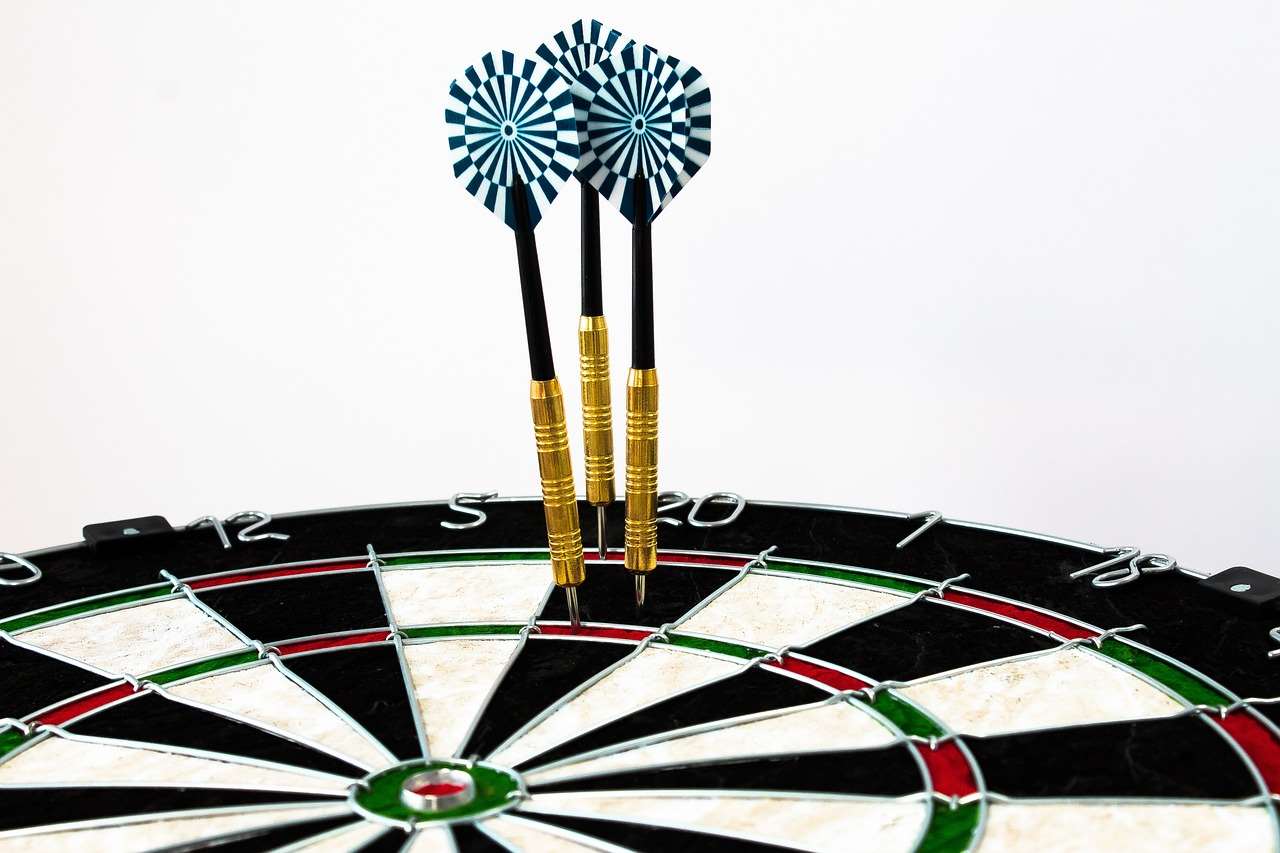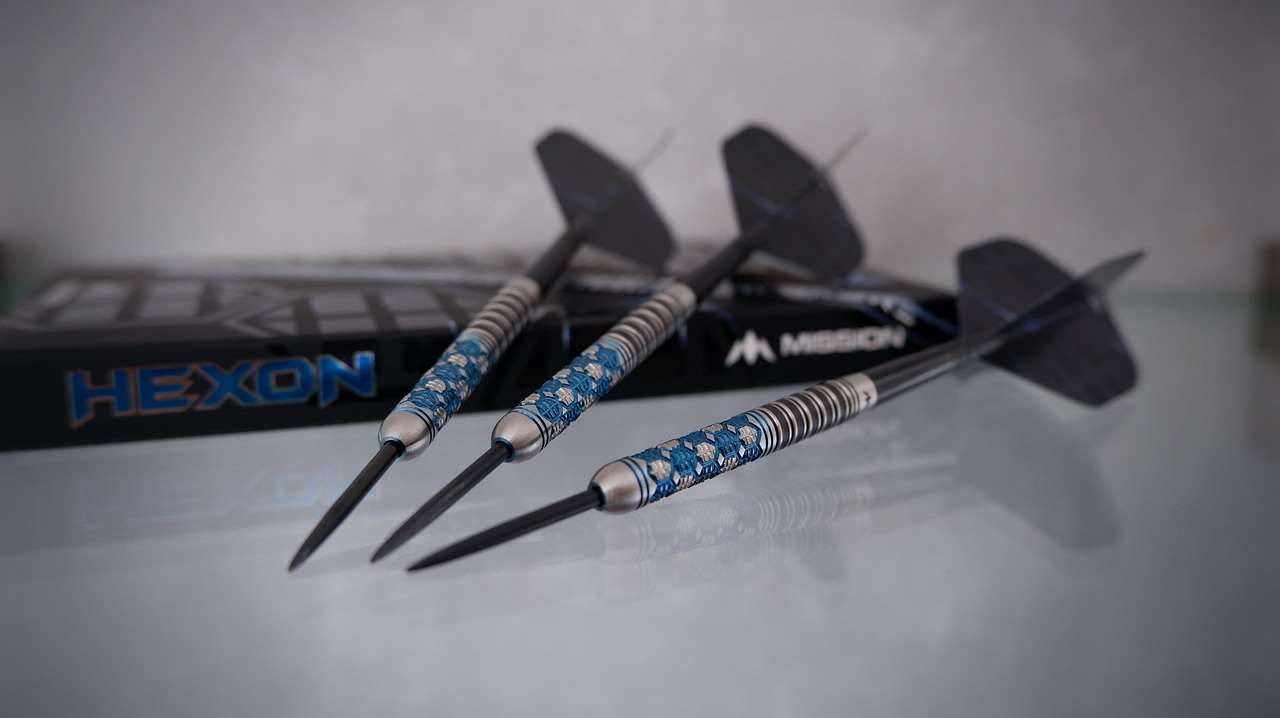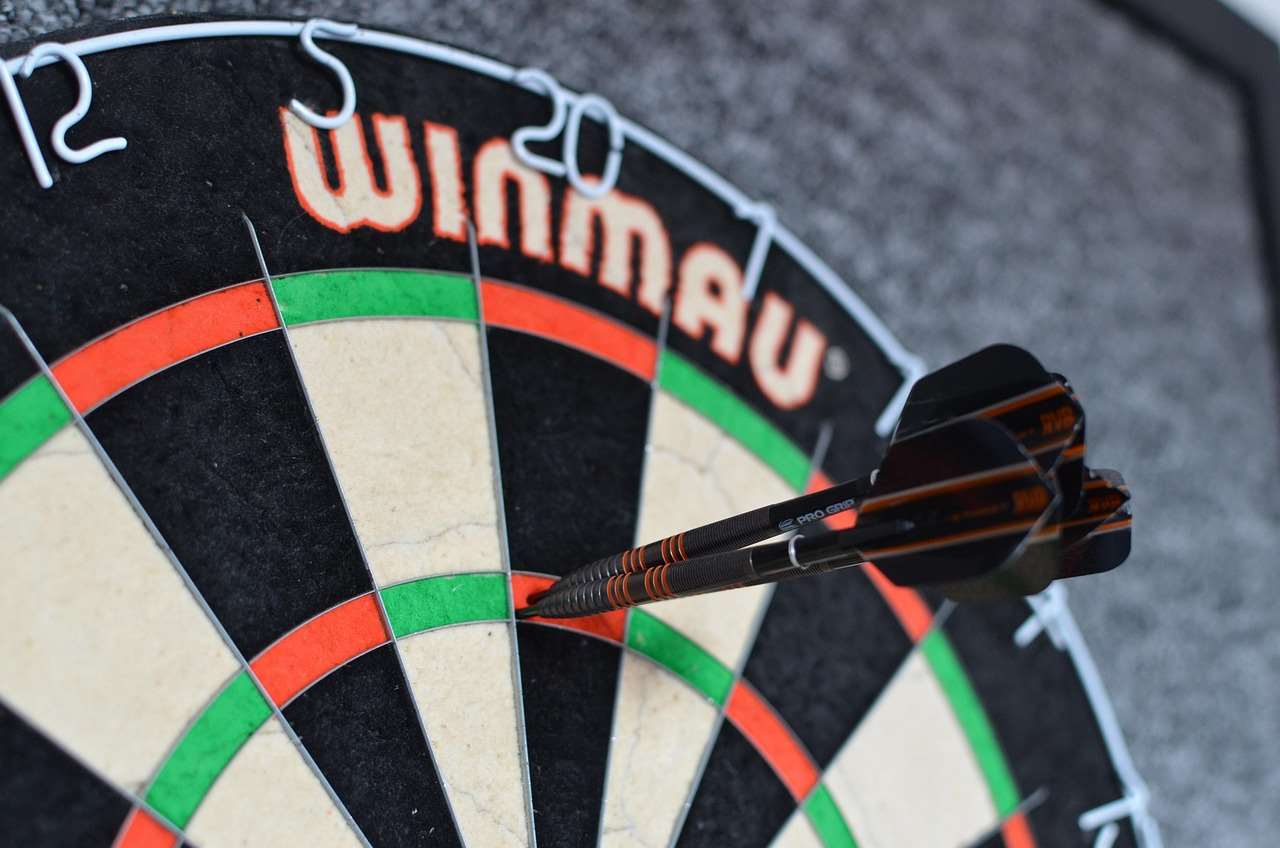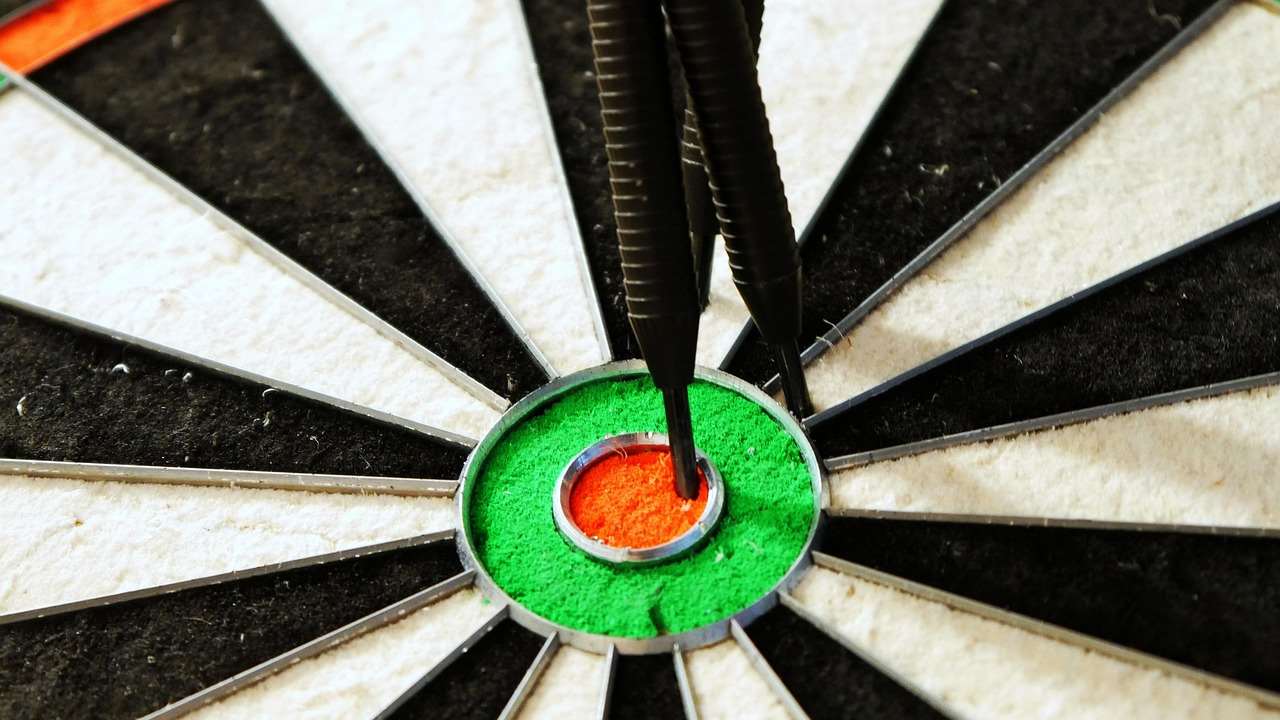Mastering dart finishers is the key to consistent wins; this guide unveils the most common and effective checkouts to elevate your game. We’ll cover the fundamental outs, strategic thinking, and practice techniques to transform you into a confident closer on the oche.
⚠️ Still Using Pen & Paper (or a Chalkboard)?! ⚠️
Step into the future! The Dart Counter App handles all the scoring, suggests checkouts, and tracks your stats automatically. It's easier than you think!
Try the Smart Dart Counter App FREE!Ready for an upgrade? Click above!
Understanding Dart Finishers: The Basics
Before diving into specific outs, it’s crucial to understand the fundamental principles of dart finishers. The goal is always to reduce your score to zero using as few darts as possible, finishing on a double or the bullseye. Knowing your outs – the specific combinations of darts needed to complete the game – is paramount to success. This is where targeted practice and a good understanding of the board come into play. A player who can confidently calculate their outs under pressure has a significant advantage.

The Importance of Leaving a Double
The cardinal rule of dart finishers is to always leave yourself with a reachable double. Sounds simple, right? However, many players get caught up in chasing high scores and neglecting their setup. Leaving a reachable double means ensuring that the remaining score can be divided by two, allowing for a single dart to set up the double and a second to take it out. Planning for this is the first step to mastering dart finishers. For example, if you’re left with 33, aiming for a single 1 is a better play than aiming for a treble 11, because it leaves you with double 16, a common and comfortable out. If you’re new to darts, knowing distance from bull to oche is also very helpful!
Common Dart Finishers Every Player Should Know
Here are some of the most common and effective dart finishers that every player should have in their arsenal:
- 170 (T20, T20, Bullseye): The ultimate checkout. While rare, it’s a showstopper.
- 167 (T20, T19, Bullseye): A slightly less common but still impressive out.
- 164 (T20, T18, Bullseye): Another strong checkout to master.
- 161 (T20, T17, Bullseye): A common route when unable to hit a perfect T20.
- 160 (T20, T20, D20): A very popular high checkout requiring two perfect treble twenties.
- 157 (T20, T19, D20): Another fantastic three-dart out.
- 156 (T20, T20, D18): A valuable alternative to 160 if you prefer D18.
- 155 (T20, T15, Bullseye): Uses a less conventional T15 to set up the Bullseye.
- 100 (T20, D20): A standard two-dart combination.
- 81 (T17, D15): A very useful checkout.
- 60 (20, D20) or (T20): Crucial to master the 60 out and other even numbers.
- 40 (D20): The easiest and most common double to aim for, though nerves can still play a part.
- 32 (D16): A favorite for many players.
These are just a starting point, and many other combinations exist. The key is to practice these regularly to build muscle memory and confidence. Understanding these standard outs will help you in building confidence when trying to improve your darts game.

Developing Your Dart Finishers Strategy
It’s not just about knowing the outs; it’s about strategizing your approach. Here’s how to develop a smart finishing strategy:
Analyzing Your Score
Before throwing each dart, take a moment to analyze your score and determine the best possible route to a double. Don’t blindly chase treble twenties if it doesn’t leave you with a favorable out. Consider what your remaining score will be if you hit a single, double, or treble in different segments of the board. Having a good scorekeeper app helps here!
Thinking Ahead
Think two or three darts ahead. What will you do if you hit or miss your target? Always have a backup plan in mind. This is especially important when approaching the crucial stages of a leg. Think about where you need to leave yourself to have the easiest possible route to the finish. The ability to think ahead makes for good dart players.
Dealing with Pressure
The pressure of closing out a leg can be immense. Practice simulating match conditions to get used to the pressure. Try playing against a friend or even against a virtual opponent, focusing on maintaining your composure and sticking to your strategy. Some players find strategies to improve darts focus to be a beneficial tool.

Practicing Your Dart Finishers
Consistent practice is the only way to truly master dart finishers. Here are some effective practice routines:
The “Around the Clock” Doubles Drill
Start at double 1 and work your way around the board to double 20, then finish with the bullseye. This helps you improve your accuracy on all the doubles. This exercise can be modified and used to help with dart barrel reinigen, as well!
The “Checkout Challenge”
Give yourself a specific score to checkout (e.g., 61, 87, 121) and try to finish it in as few darts as possible. Rotate through different scores to practice various combinations. Vary the scores that you are checking out from. This will prepare you for a wider variety of finishes.
The “Pressure Practice”
Simulate match conditions by setting yourself a target score and forcing yourself to finish it under pressure (e.g., “You need to finish 80 in 3 darts or you lose”). This helps you develop your mental toughness and ability to perform under pressure. This is a method that professional darts players will use when trying to have the darts highest ever average.
Advanced Dart Finishers Techniques
Once you’ve mastered the basics, you can explore some more advanced techniques to elevate your game further:
Split Setups
A split setup involves using your first dart to strategically leave yourself with two possible outs. For example, if you’re left with 41, you could aim for the single 1, leaving you with either D20 (if you hit) or D19 (if you miss slightly). This gives you a second chance to close out the leg.
Calculating Percentages
Knowing your average percentage on doubles is extremely helpful. If you know you hit D16 50% of the time, you can factor that into your decision-making process. Some players will use online dart calculators to help them understand their averages. If you know you hit D16 50% of the time, but D8 75% of the time, you can factor that into your decision-making process.

Knowing the Alternatives
Sometimes, the best plan goes awry. Be prepared to adjust your strategy on the fly if you miss your target. If you miss high on a T20 when aiming for 60 to leave 40, quickly recalculate and aim for a single 20, leaving D20. Adaptability is key. Players that have a high success rate with 9 darter combinations are sure to be able to adapt when needed!
The Mental Game of Dart Finishers
More than just skill, mastering dart finishers requires mental fortitude. Confidence, focus, and composure are all essential. Negative self-talk or a lack of belief can sabotage your performance, even if you have the technical ability. Developing a positive mental attitude is crucial. Imagine yourself successfully hitting the winning double. Visualize the dart hitting the target. This mental rehearsal can significantly boost your confidence. A dart is very similar to a dart point measurement, and knowing your equipment is helpful to maintaining confidence and focus!

Conclusion
Mastering dart finishers is a journey that requires dedication, practice, and a strategic mindset. By understanding the fundamentals, practicing consistently, and developing a strong mental game, you can transform yourself into a confident and consistent closer on the oche. Start practicing those key outs today and watch your game soar. Now, go practice those doubles and become a dart finishers master!
Hi, I’m Dieter, and I created Dartcounter (Dartcounterapp.com). My motivation wasn’t being a darts expert – quite the opposite! When I first started playing, I loved the game but found keeping accurate scores and tracking stats difficult and distracting.
I figured I couldn’t be the only one struggling with this. So, I decided to build a solution: an easy-to-use application that everyone, no matter their experience level, could use to manage scoring effortlessly.
My goal for Dartcounter was simple: let the app handle the numbers – the scoring, the averages, the stats, even checkout suggestions – so players could focus purely on their throw and enjoying the game. It began as a way to solve my own beginner’s problem, and I’m thrilled it has grown into a helpful tool for the wider darts community.